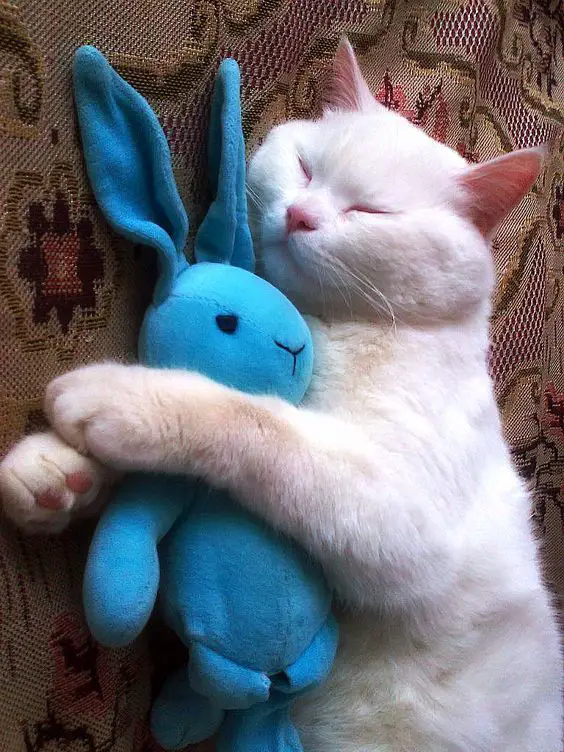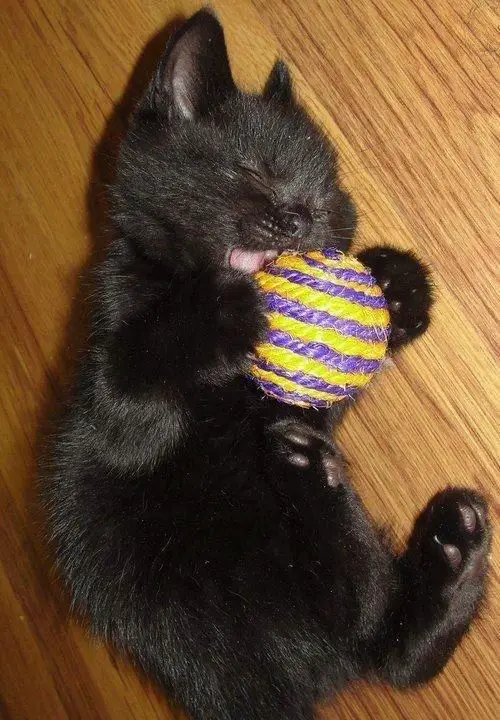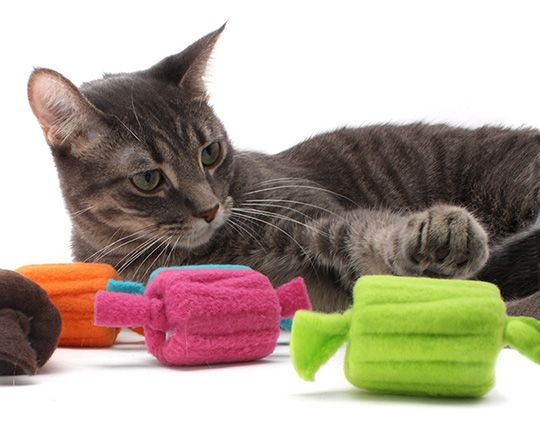Play is an important part of your relationship with your cat, to keep it healthy. Fortunately, cats love to play!
The ability to play on their own without your participation is especially important for domestic cats, especially if they spend most of the day alone.
Kittens and adult cats like the same games with the difference that kittens do not need to be persuaded to take part in the game for a long time. The vast majority of games that cats like are hunting.
Cats have a strong natural instinct to chase and kill, so games in which you can reproduce the actions of a potential victim will be most successful.

The right toys
The first things you’ll need to play with your cat are the right toys. You hardly want your hands to become an object of pursuit and hunting. Even if your cat is cautious, it can bite you when overexcited. Your pet should associate your hands with affection and feeding, not hunting and killing prey.
Good cat toys are easy to find, and in most cases, you won’t even have to buy them. Usually, for cats, a simple piece of paper or a ping-pong ball is just as interesting as a commercial toy.
Foil balls, plastic bottle caps, paper bags, or any other item that moves around easily and makes some noise are prime candidates for your cat’s toy.
Dangers
Beware of using short strings in games that your cat might swallow. Portions of thin rope can even become sharp when pulled. They can be great toys, but don’t let your cat play with them without your supervision.
Sound stimuli
Toys with bells or “squeaks” will be especially interesting for your cat if she is often left alone. sound is an additional stimulus.
The important thing to remember about any toys is that they need to be changed so that your cat doesn’t get bored. Don’t just lay all your toys on the floor. Cats are very smart and they get bored with toys quickly. 
Instead, layout one or two toys and change them regularly. It will be much more fun for your cat.
Games
A ball, mouse or a piece of fur tied to a string will be excellent toys for you and your cat. Sometimes it is attached to a stick. With the help of such toys, it is very easy to reproduce the movements of prey.
Try to depict a small animal sneaking along with your furniture. Or simulate a bird flying in the air, which sometimes lands on the ground and jumps. Be patient and give your cat the opportunity to hunt down and chase their “prey”. After 5-10 minutes, let her grab the mouse or bird in the air. It is very important that your cat feels that the hunt was successful.
Your cat may start chewing on the toy or try to carry it away. If both of you enjoy this game, the toy can come to life again, or you can bring a new one. Any toy on a rope should not be left at the complete disposal of the animal – the cat can chew it and swallow it. And remember: it is important that toys are always new and interesting.
Pets
A cat can become very attached to a stuffed toy and will always carry it with him. Some animals even meow or howl over their beloved soft animal. There is no single explanation for this behaviour, but it is fun and part of your pet’s play.
How often
It will be great for you and your cat if you play twice a day. You may find that playing just before bed can help your pet calm down and be helpful if he has trouble sleeping at night.
If your cat didn’t like playing very much at first, don’t despair. Keep trying and gradually you will understand how and when your cat prefers to play.
